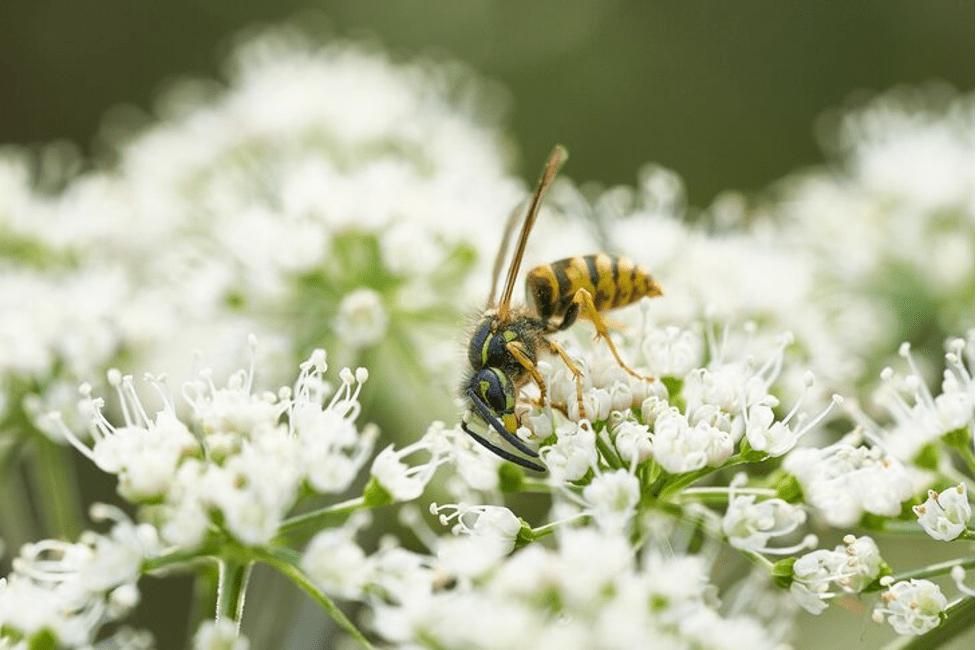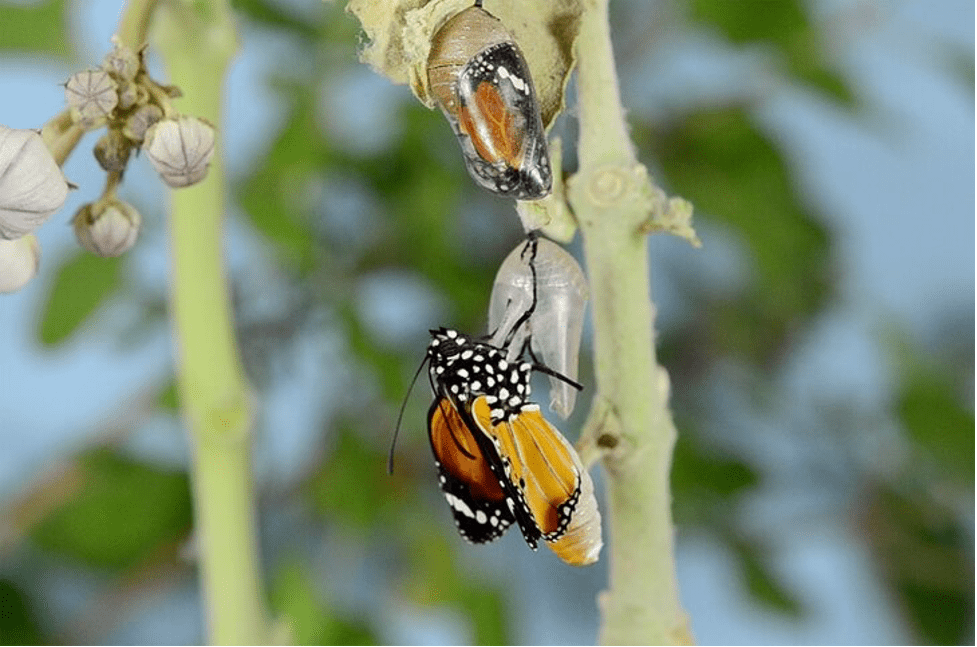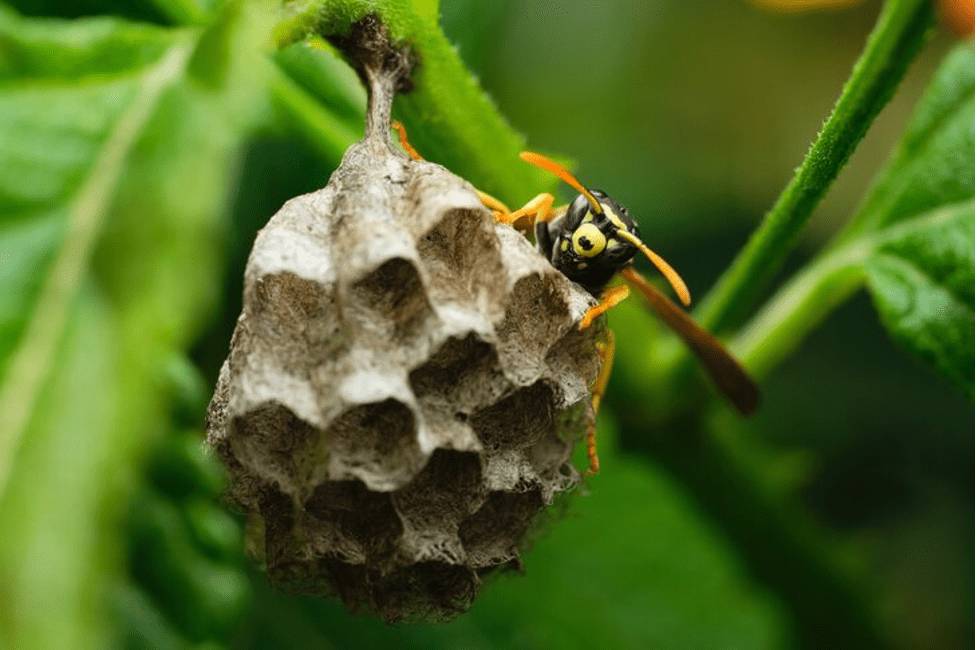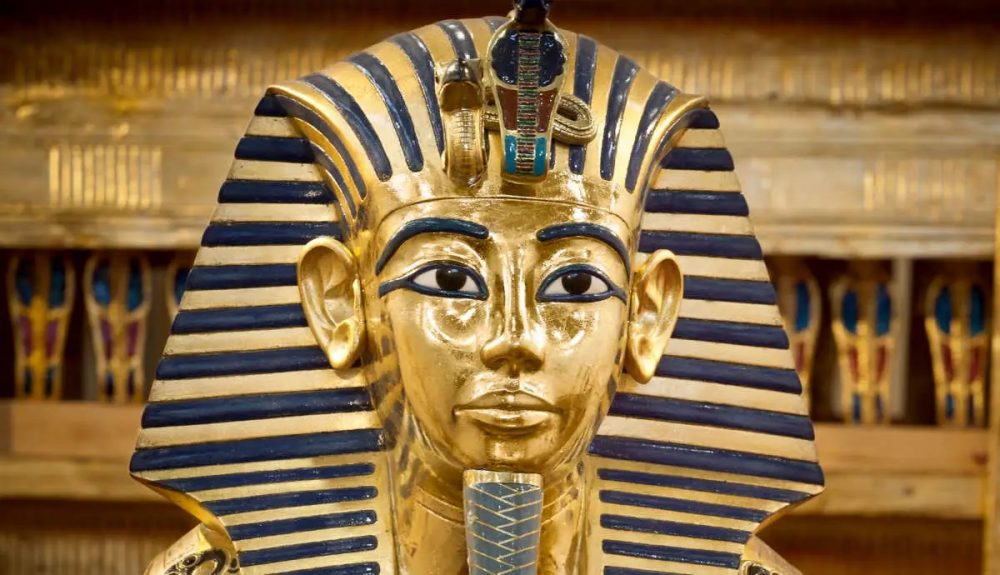If you find wasps irritating or cringy, read this entire article carefully. We bet you, the information we’re about to share is going to leave you in awe.
Did you know that wasps can create paper just by chewing and spitting tree bark? If that made you scratch your head, wait till you hear the next one!
But before that, how about a little storytime!

Ingo Doerrie/Unsplash | Wasps are incredibly intelligent beings that can sew naturally
Nicholas Fritzen, an entomologist, found a paralyzed spider on his trip to west Finland. He noticed that a strange larva was attached to the back of the spider’s spine which was sucking all the juice and nutrition from its body. He decided to bring that spider back to his lab, and what happened next will actually give you goosebumps.
Interesting revelation
After squeezing out all the juices from the spider, the larva fell off and took the shape of a cocoon. After two weeks, a female Ichneumon wasp was born from that cocoon, about six millimeters long, having a black body with orange legs.
Fritzen wanted to have a closer look at the wasp and her actions, which is why he collected other spider nests and offered them to the wasp in order to identify what would be her plan of action.

Bankim Desai/Unsplash | Wasps stab their prey and then spin nests around them to release eggs inside
What he saw next made him go bonkers! When the wasp detected that there was a nest around, she curved her abdomen and released an egg in the nest. When she found a spider in the nest she stabbed it and made it paralyzed. By now most of the wasps would have flown away, but this one kept on plunging the nest in a zigzag pattern. According to Fritzen, it felt like she was going to ruin her egg.
To understand things better, Fritzen took a closer look at the nest under a stronger microscope, and found that the wasp’s ovipositor had pointed teeth-like structure. When the wasp pulled the egg out, these teeth-like structures snagged the silk nest and this sealed the hole from where the ovipositor was inserted in the nest. That wasp was quite the burglar here!
When Fritzen noticed what the wasp was actually doing, he was completely shocked and realized humans do something very similar.
While felting, we stab needles in the bits of wool and snag the outer fibres with the inner ones. The wasp does the same thing, and not just that, its stringer looks exactly like felting needles. Isn’t that amazing?

Victor Grabarczyk/Unsplash | The action with which wasps spin nests around their prey is quite similar to the action humans use when felting
Wrapping up
It’s kind of interesting and shocking at the same time to experience what mysteries nature holds. All this while, we kept taking credit for inventing sewing techniques. Little did we know it was naturally invented by wasps.




